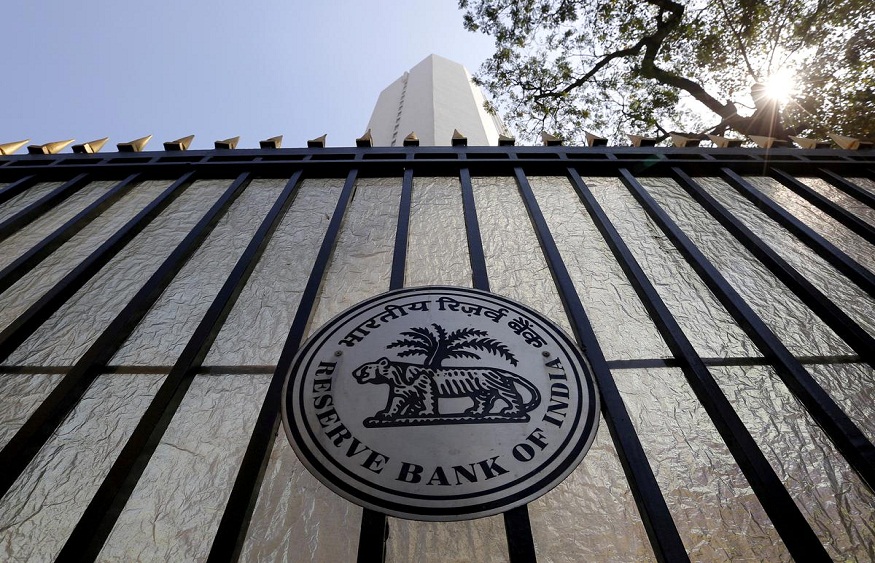In the digital lending industry, it’s important to follow the guidelines of RBI as it’s the regulatory body that looks and ensures that the credit and banking facility of the country is done in a free and fair manner.
For example, a banking partner can serve customers in the market. Still, while doing that, it must maintain the guidelines of the RBI as these help the banks and other financial institutions to have a fair playing field in the market.
Guidelines are also provided to uphold the interests of the citizens, therefore bringing many people under the country’s financial map. Digital lending is a great innovation, depending on the scale and volume of the country. For example, a person can now get a credit facility thanks to these digital apps, which help the individual get a loan application approved from the comfort of their home.
In this blog, we will look into some of the core aspects of banking and RBI guidelines and what are the few criteria that banks and NBFCs need to look for to foray into digital lending.
Guideline 1: The Need for Informed Consent From the Borrower
Consent is an important parameter through which a lender and borrower can create trust in the transaction they are conducting. It is one of the core principles that will help borrowers make informed choices about the consent of their documents and applications.
For example, if a person is unwilling to share all the necessary information, then the companies don’t have the right to bypass that concern and start accessing the information automatically. Consent is now a legal matter. If any digital lending company uses customer’s information without their consent, this will become punishable under the privacy law.
A loan agent app needs to obtain the consent of their customer before accessing their banking and income statement. Even in the case of auto repayment of the loans, a company needs to seek consent from the customer in this matter.
Guideline 2: Collecting Only the Necessary Information
There is a law related to cookies and collecting the necessary information, which will help customers share the necessary information. For example, if a person is seeking a loan, then the banking firm can seek consent about sharing the documents that are in the Digio locker.
It will help the company to get all the right information about the person, and based on that, the NBFC or bank can decide whether or not to approve that loan. In this aspect, it’s through asking only for the necessary information a banking business needs to grow its business without disturbing privacy. For example, there is an Aarogya Setu Protocol which allows the company to seek personal information when it’s a concern about the health of the borrower.
Guideline 3: The Storage Rules for Recording Consumer Data
In the possibility of storage information, then there is a law where the customer’s data can only be stored upto the time being when they have an active account running with the bank or NBFC. The moment they close that or the loan account gets closed, the company needs to sell the details of that consumer.
As per the government’s NDHM policy, personal data must be collected to meet the needs of the banking institution, but it can’t be retained for a long time as the use of the data must be specified. Otherwise, the authority can ask for a showcase to the company.
Guideline 4: Maintaining Transparency at Each Step of the Lending Process
Finally, it’s the transparency of the process through which one can maintain the trust of the customer. In the digital lending ecosystem, without transparency, the customer will fear the platform, and that can damage the experience of a person.
For example, a business loan agent must be accountable to their customer, and the app where these people are listed also needs to be transparent. It’s also a good practice in the industry. It reduces the chances of financial fraud, which is one of the main concerns of digital payments.
These are some of the guidelines that it provides to private digital lenders. It has also formulated new financial trends that allow both the customers and the company to have a position of accountability.

